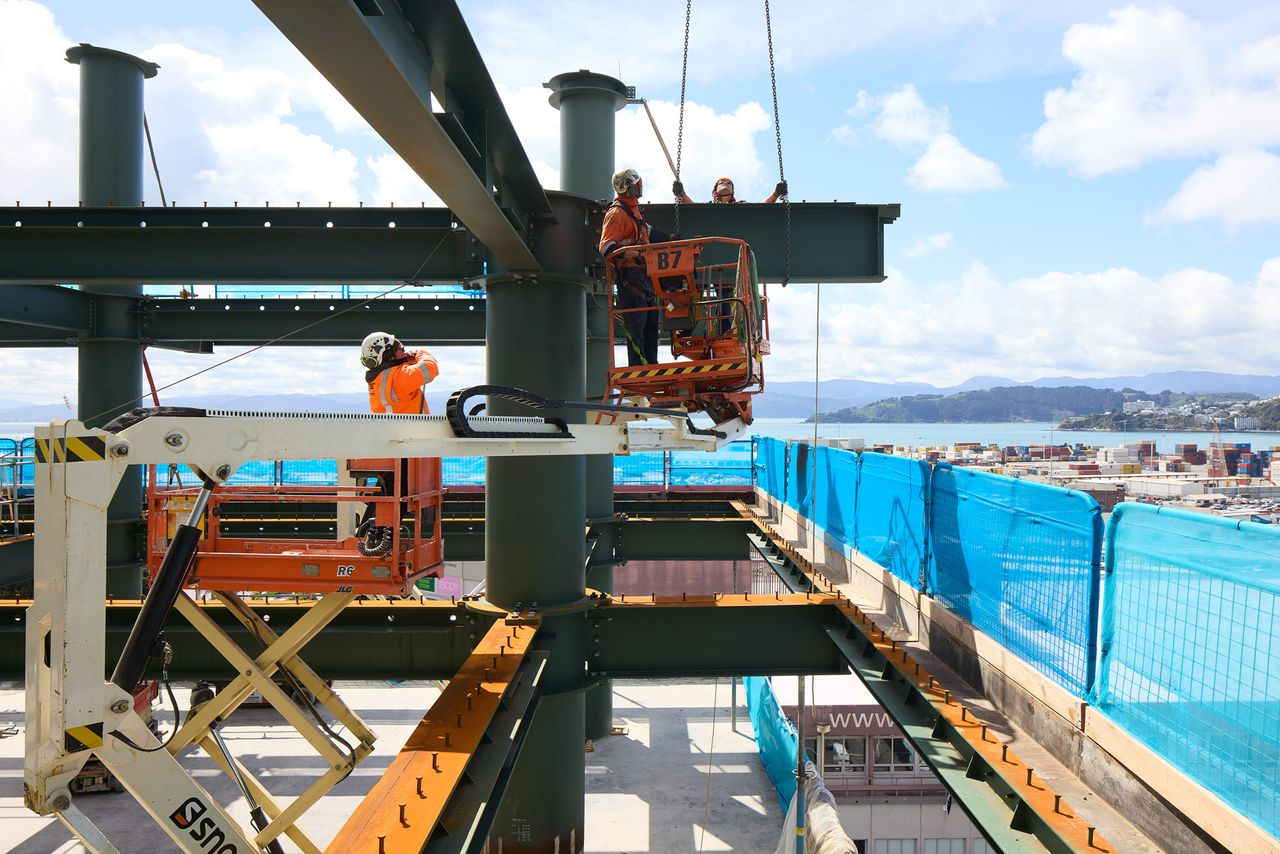News & Insights
Enhancing Client-Side Procurement Capability
Author

Infrastructure Ontario has evolved from a major projects shop into a multifaceted agency that acts as a bank for municipalities, manages property, and operates a development arm. As an agency of the province and the Ministry of Infrastructure, it plays a crucial role in strengthening client-side procurement capability.
One defining aspect of Infrastructure Ontario’s approach is its clear delineation of roles — they are never the funder, owner, operator, or maintainer. This allows the agency to focus on core competencies and provide targeted, expert support to a wide range of public asset owners.
From a New Zealand perspective, the model offers valuable insights. Our asset-agency led ecosystem often results in duplication, prolonged analysis and inconsistent approaches. Infrastructure Ontario’s clarity of role, structured market engagement, and evolving delivery models provide potential lessons on how to streamline processes and enhance efficiency.
During discussions, contrasting views emerged from the client (asset-owner) and development partners regarding the exact value of the agency. However, there was common ground on the benefits of consistent processes, broad market awareness, and the advantages of drawing on private sector experience when embedded within the agency team.



